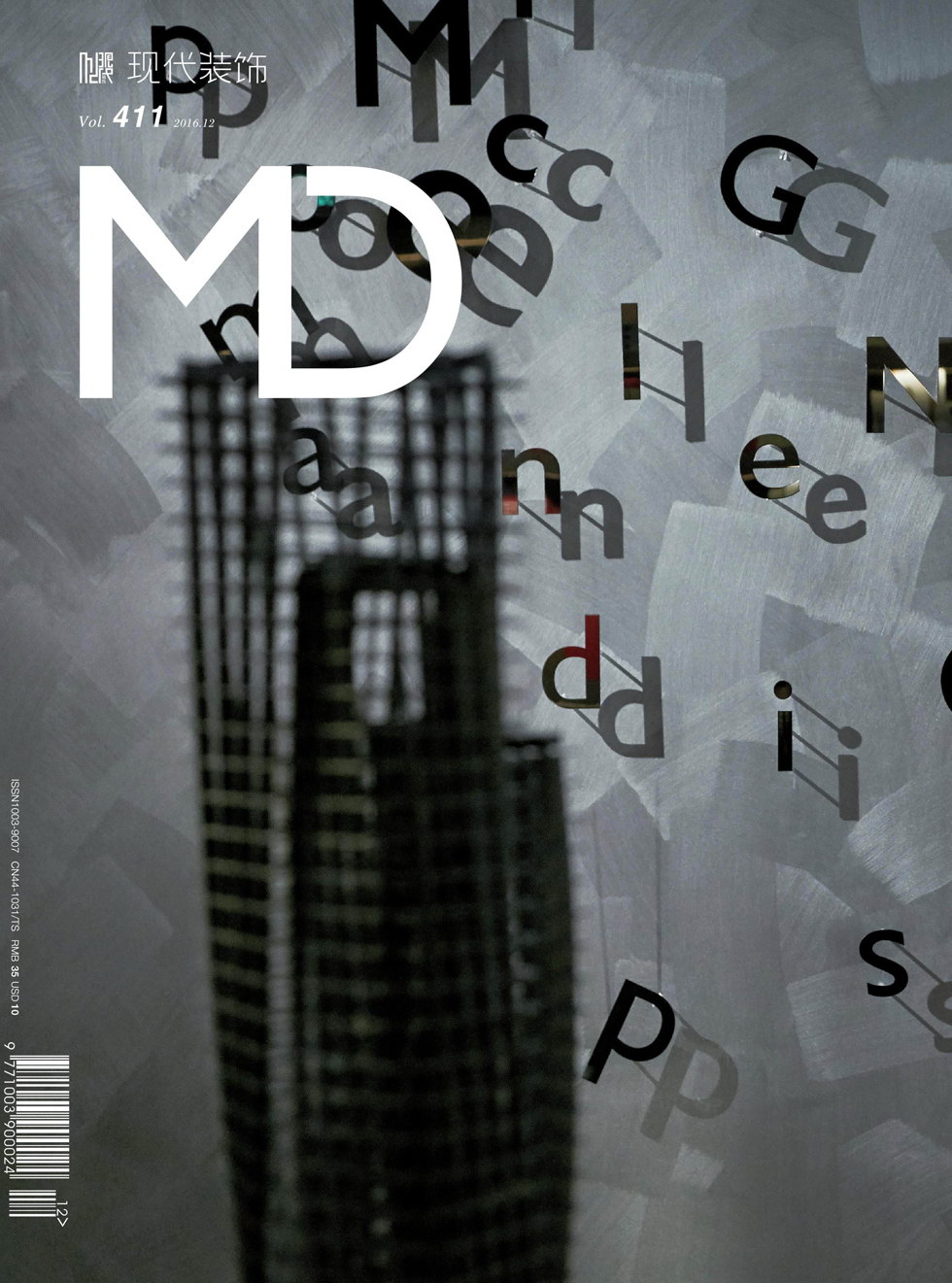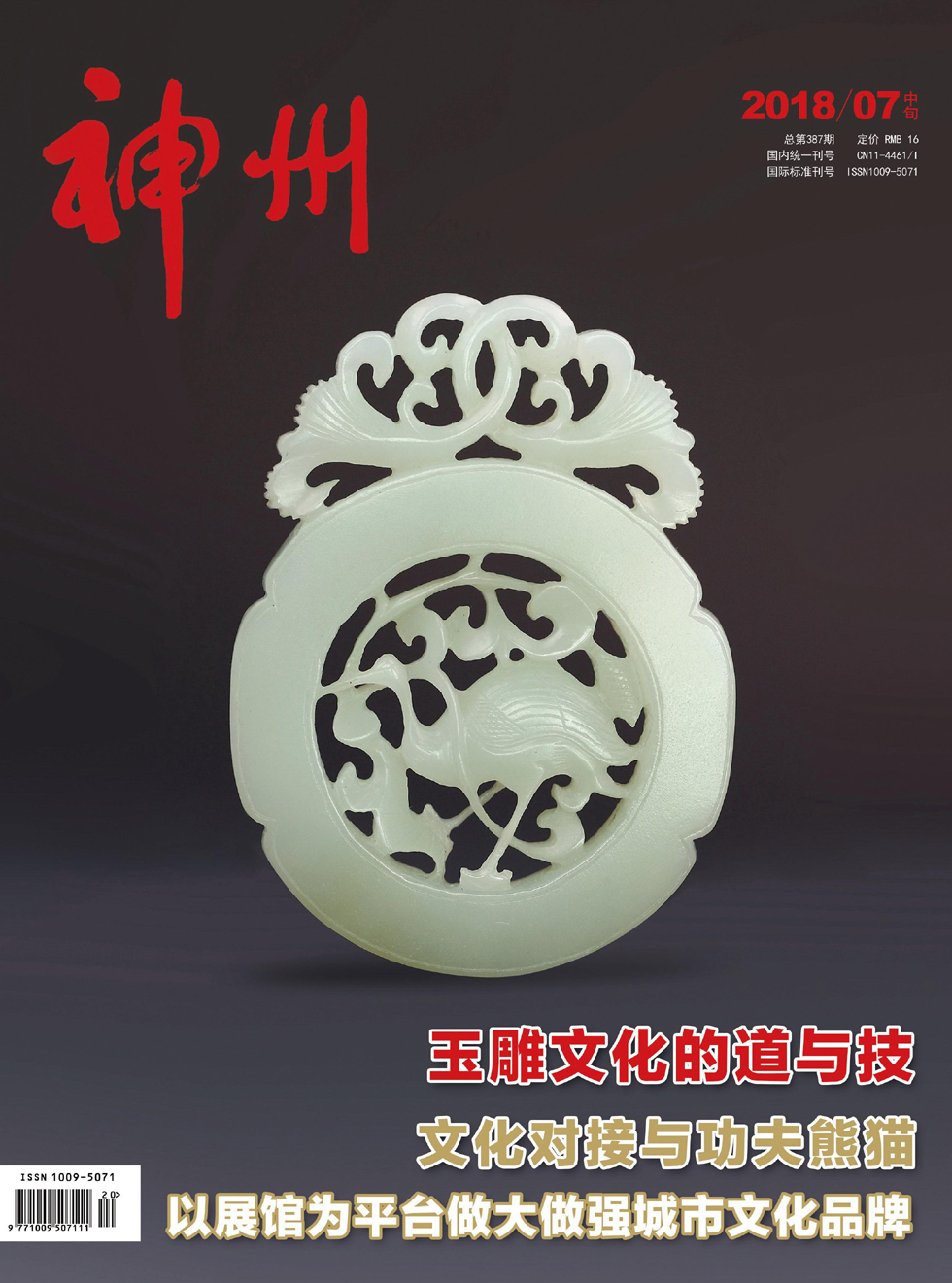微流控芯片安培检测分析方法的研究进展
摘要: 微芯片毛细管电泳安培检测系统,具有高灵敏度、低成本、易于微型化等特点,且适用于氧化还原特性的分子,今年来的得到了人们广泛的关注。本文综述了安培检测系统研究在检测器设计、电极材料和应用等方面的进展。
关键词:安培检测;微芯片毛细管电泳;检测器
Abstract: Recently microchip capillary electrophoresis amperometric detection system had attracted more and more concentration,with some advantages,like high sensitivity,low cost,easy to miniaturization and so on.This paper reviews the progress of amperometric detection systems in detector design, electrode materials and applications.
Keywords:Amperometric Detection; Microchip Capillary Electrophoresis; Detector
在毛细管电泳(Capillary Electrophoresis, CE)分离技术的基础上发展起来的微全分析系统(Micro total analysis system,TAS),因其操作简单、试样消耗量少、分析速度快、分离效率高、易于微型化等优点,一直呈现爆炸式的快速发展[1]。作为?TAS关键技术——检测方法,也得到了快速的发展,各种分析方法被用于微芯片毛细管电泳(Microchip Capillary Electrophoresis, MCE),如激光诱导荧光,质谱和电化学检测(Electrochemical Detection, ECD)等[2, 3]。其中,ECD因其具有易于微型化,低成本,高效能和操作简单等优点,已经成为MCE应用最广泛的检测手段[4, 5]。
根据检测原理,ECD可以分为安培检测(Amperometric detection,AD),电导检测和电位检测三种模式。其中,AD依靠待分析物在工作电极上发生氧化还原反应产生的电流作为电化学响应信号,比电导检测和电位检测有更高的灵敏度和选择性。适用于分析无机离子、氨基酸、酚类物质以及胺类物质,和易于微型化、集成化等优点,具有极大的发展潜力。自1998年,Wolly 等首次成功的把CEAD系统集成于玻璃,引起了全球越来越多研究者的兴趣[6]。
虽然CEAD分析技术是最常用的电化学检测方法,两个缺点限制了其商业应用。首先,分离高电压会破坏检测器,并且会对检测产生干扰降低检测器性能;其次,WE(Working Electrode, WE)电极的稳定性及其位置会影响AD的重现性。克服这些障碍后,CEAD便携式设备才会更有市场竞争力。
目前,国内外所涉及的研究内容主要包括芯片通道和检测池的设计,各种集成化微电极的制备,分离电压干扰的消除,微型安培检测器的研制,以及在生命、环境、反恐等热点领域中的应用等。
1 检测器的设计
检测器的设计会影响微芯片的性能,特别是,WE的位置对CEAD谱带增宽和分离高压的隔离具有显着影响。为了寻找一种具有高分辨率,持久稳性,简单处理性和可以承受多次分离的检测器,研究者改变WE相对于电渗流的位置,把AD分为在柱内检测,柱端检测和离柱检测[7]。
柱端检测是将WE放置于毛细管柱末端分离通道末端几十微米处,芯片制作简单,操作方便,是CEAD系统中应用最为广泛的一中检测模式[8]。离开分离通道后分离电场会迅速降低,在一定程度上减小AD检测过程中分离电压的干扰[9]。但是检测池中会有残余电场的存在,不能完全隔离分离电压,从而降低分离效率和检测灵敏度,导致谱带增宽[10]
离柱检测是把WE设置电压去耦器之后,使分离电流提前旁路到地,这样WE所处的通道内不在有分离电流通过,从而减小分离电压的干扰。因此去耦器的性能会影响到检测器的性能[11]。Rossier等人在微芯片上制作了直径为510μm的微孔阵列作为去耦器,使得检测响应电流为5 nA分析物在50 V/cm的电场下半波电位偏移仅为15 mV[12]。Chen等在PMMA微芯片中放置了一个钯(Pd)去耦器,并用于儿茶酚胺的检测,LOD为0.29μM[13]。Lai等和Lacher等对Pb去耦器膜的厚度及距离通道出口的距离进行优化[14, 15],但是这种金属去耦器的寿命较短,不能完全的隔离分离电压。
柱内检测,WE直接放置在分离通道上,并且使用电气隔离使分离电流和检测电流自成回路,互不干扰[16]。这种检测模式,分析物在电极上传递的同时又被限制在分离通道內,从而消除了末端检测中存在的谱带增宽,提高柱效。而且此法与末端检测相比峰的偏斜和拖尾的情况会显著改善。但是,柱内检测模式的主要缺点是分离高压会导致WE上面电位偏移,从而影响检测的重现性。为了克服这些缺点,Martin等在通道内放置了一个电隔离的恒电位仪[16]。Chen等提出了一种并行双通道的设计,把工作电极(Working electrode, WE)和参比电极(Reference electrode, RE)分别放置在分离通道和参比通道内,使WE和RE处于等电位,能够最大程度上消除来自分离电压的干扰。
2 电极材料
电极材料会对检测器的性能产生强烈的影响。工作电极的选择主要取决于目标分析物的特性和施加电位区的背景电流。目前,在CEECD的检测其中使用较多的电极材料有碳[1719],铂[20]和金[21]是最常见的CEECD的电极材料。不同的电极材料或电极的形态会显示不同的电学特性,所以不同的材料在CEECD中检测性能也会不同。根据应用于MCE的电极的材料和制作方法的不同,可以把电极分为碳电极、金属电极、修饰电极。
考慮到电催化表面可以通过加速物质的电子转移反应提高分析物的反应活性,进而提高AD检测器的性能。所以,电极材料的进一步改进集中在研究可以和MCE耦合的电催化材料修饰的电极。
近来,随着纳米技术的快速发展,纳米材料展现出诸多优点,如增强传导性,促进电子转移,提高分析灵敏度和选择性,进而纳米粒子修饰的电极的结构,尺寸及形态特征的不同展现出不同的电化学特性[22, 23]。其中,金纳米颗粒和碳纳米管,具有稳定的物理化学特性,电化学催化活性,较小的粒子直径等特性,成为是最常见的修饰电极的纳米材料[24, 25]。
3 应用
随着人们对环境和健康问题越来越重视,对如何快速准确的检测有害物质及残留的监测的兴趣也急剧增加。微流控芯片技术具有高效、快速、便携式等优点,已经被应用到化学、生物、临床、环境监测、免疫监测和即时检测等领域[2628]。特别是MCEAD分析技术,适用于具有氧化还原特性的物质,如DNA片段,神经递质,人体代谢产物,氨基酸,糖,炸药及环境污染物等,这些物质的分析与生活息息相关[29]。
4 总结与展望
随着CEECD分析技术的发展,在接下引进新的修饰电极,检测器的设计和开发的低成本、便携式、可用于即时检测的检测器的研究将会有重大进展,并对给毒性药物、污染物、有机农药、生物、抗生素及其残留物等的分析检测提供更有利的支持。
参考文献:
[1]Manz A, Graber N, Widmer, H M. Miniaturized total chemical analysis systems: a novel concept for chemical sensing [J]. Sensors and actuators B: Chemical, 1990, 1(1): 2448.
[2]Li R, Wang L, Gao X, et al. Rapid separation and sensitive determination of banned aromatic amines with plastic microchip electrophoresis [J]. Journal of hazardous materials, 2013, 248249(26875.
[3]Saylor R A, Reid E A, Lunte S M. Microchip electrophoresis with electrochemical detection for the determination of analytes in the dopamine metabolic pathway [J]. Electrophoresis, 2015, 36(16): 19129.
[4]Chand R, Jha S K, Islam K, et al. Analytical detection of biological thiols in a microchip capillary channel [J]. Biosensors & bioelectronics, 2013, 40(1): 3627.
[5]Kuban P, Hauser P C. Fundamentals of electrochemical detection techniques for CE and MCE [J]. Electrophoresis, 2009, 30(19): 330514.
[6]Woolley A T, Lao K, Glazer A N, et al. Capillary electrophoresis chips with integrated electrochemical detection [J]. Analytical chemistry, 1998, 70(4): 6848.
[7]Nyholm L. Electrochemical techniques for labonachip applications [J]. The Analyst, 2005, 130(5): 599605.
[8]Huang X, Zare R N, Sloss S, et al. Endcolumn detection for capillary zone electrophoresis [J]. Analytical chemistry, 1991, 63(2): 18992.
[9]Shin D, Sarada B V, Tryk D A, et al. Application of diamond microelectrodes for endcolumn electrochemical detection in capillary electrophoresis [J]. Analytical chemistry, 2003, 75(3): 5304.
[10]Vandaveer W Rt, Pasas S A, Martin S, et al. Recent developments in amperometric detection for microchip capillary electrophoresis [J]. Electrophoresis, 2002, 23(21): 366777.
[11]Zhan S S, Yuan Z B, Liu H X, et al. Oncolumn amperometric detection in capillary electrophoresis with an improved highvoltage electric field decoupler [J]. Journal of chromatography A, 2000, 872(12): 25968.
[12]Rossier J S, Schwarz A, Reymond F, et al. Microchannel networks for electrophoretic separations [J]. Electrophoresis, 1999, 20(45): 72731.
[13]Chen D, Hsu F L, Zhan D Z, et al. Palladium film decoupler for amperometric detection in electrophoresis chips [J]. Analytical chemistry, 2001, 73(4): 75862.
[14]Lai S, Cao X, Lee L J. A packaging technique for polymer microfluidic platforms [J]. Analytical chemistry, 2004, 76(4): 117583.
[15]Lacher N A, Lunte S M, Martin R S. Development of a microfabricated palladium decoupler/electrochemical detector for microchip capillary electrophoresis using a hybrid glass/poly(dimethylsiloxane) device [J]. Analytical chemistry, 2004, 76(9): 248291.
[16]Martin R S, Ratzlaff K L, Huynh B H, et al. Inchannel electrochemical detection for microchip capillary electrophoresis using an electrically isolated potentiostat [J]. Analytical chemistry, 2002, 74(5): 113643.
[17]Martin R S, Gawron A J, Fogarty B A, et al. Carbon pastebased electrochemical detectors for microchip capillary electrophoresis/electrochemistry [J]. The Analyst, 2001, 126(3): 27780.
[18]Gawron A J, Martin R S, Lunte S M. Fabrication and evaluation of a carbonbased dualelectrode detector for poly(dimethylsiloxane) electrophoresis chips [J]. Electrophoresis, 2001, 22(2): 2428.
[19]Kovarik M L, Torrence N J, Spence D M, et al. Fabrication of carbon microelectrodes with a micromolding technique and their use in microchipbased flow analyses [J]. The Analyst, 2004, 129(5): 4005.
[20]Baldwin R P, Roussel T J Jr, Crain M M, et al. Fully integrated onchip electrochemical detection for capillary electrophoresis in a microfabricated device [J]. Analytical chemistry, 2002, 74(15): 36907.
[21]Schwarz M A, Galliker B, Fluri K, et al. A twoelectrode configuration for simplified amperometric detection in a microfabricated electrophoretic separation device [J]. The Analyst, 2001, 126(2): 14751.
[22]Chen R S, Huang W H, Tong H, et al. Carbon fiber nanoelectrodes modified by singlewalled carbon nanotubes [J]. Analytical chemistry, 2003, 75(22): 63415.
[23]Wang J, Wang L, Di J, et al. Electrodeposition of gold nanoparticles on indium/tin oxide electrode for fabrication of a disposable hydrogen peroxide biosensor [J]. Talanta, 2009, 77(4): 14549.
[24]Lucca B G, De Lima F, Coltro W K, et al. Electrodeposition of reduced graphene oxide on a Pt electrode and its use as amperometric sensor in microchip electrophoresis [J]. Electrophoresis, 2015, 36(16): 188693.
[25]Dai X, Compton R G. Direct electrodeposition of gold nanoparticles onto indium tin oxide film coated glass: application to the detection of arsenic (III) [J]. Analytical sciences, 2006, 22(4): 56770.
[26]Huo Y, Kok W T. Recent applications in CEC [J]. Electrophoresis, 2008, 29(1): 8093.
[27]Tagliaro F, Bortolotti F. Recent advances in the applications of CE to forensic sciences (20052007) [J]. Electrophoresis, 2008, 29(1): 2608.
[28]Herrero M, GarciaCanas V, Simo C, et al. Recent advances in the application of capillary electromigration methods for food analysis and Foodomics [J]. Electrophoresis, 2010, 31(1): 20528.
[29]Saylor R A, Lunte S M. A review of microdialysis coupled to microchip electrophoresis for monitoring biological events [J]. Journal of chromatography A, 2015, 1382(4864).
















